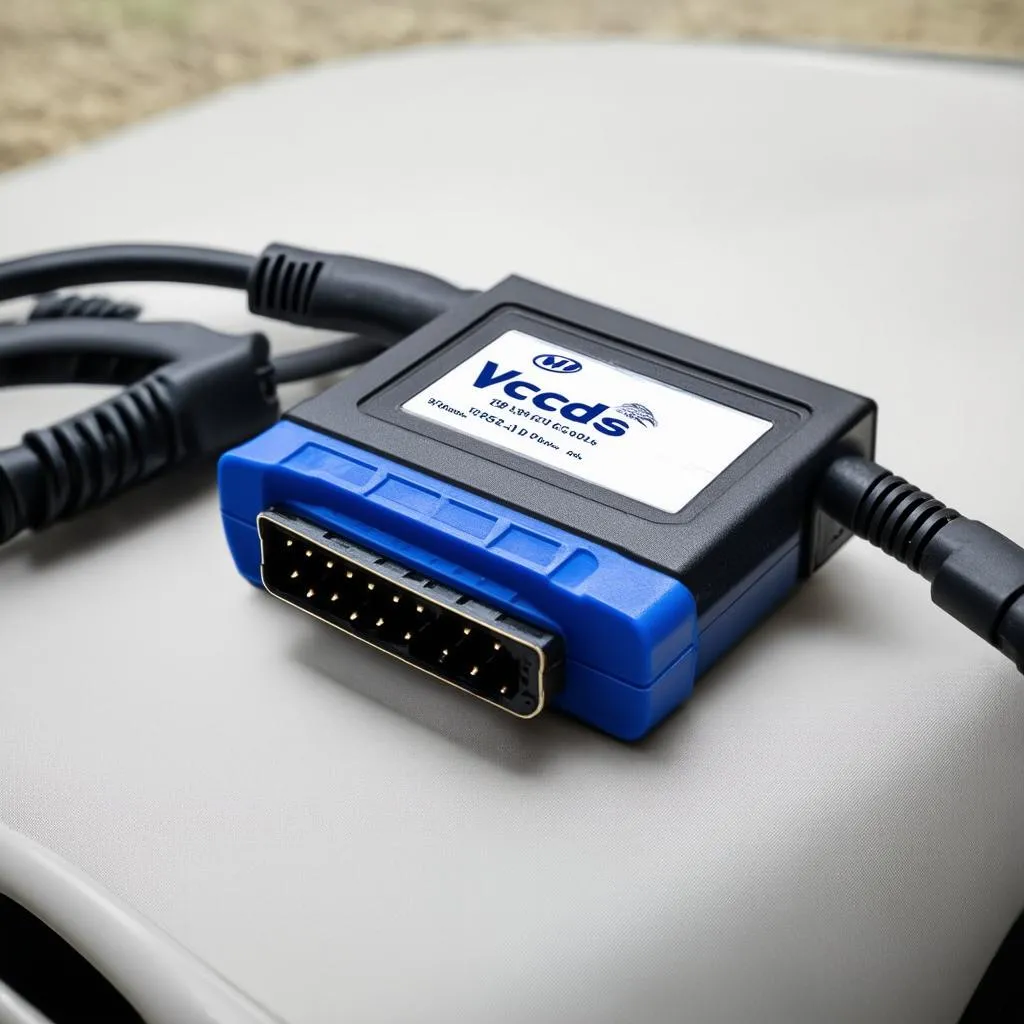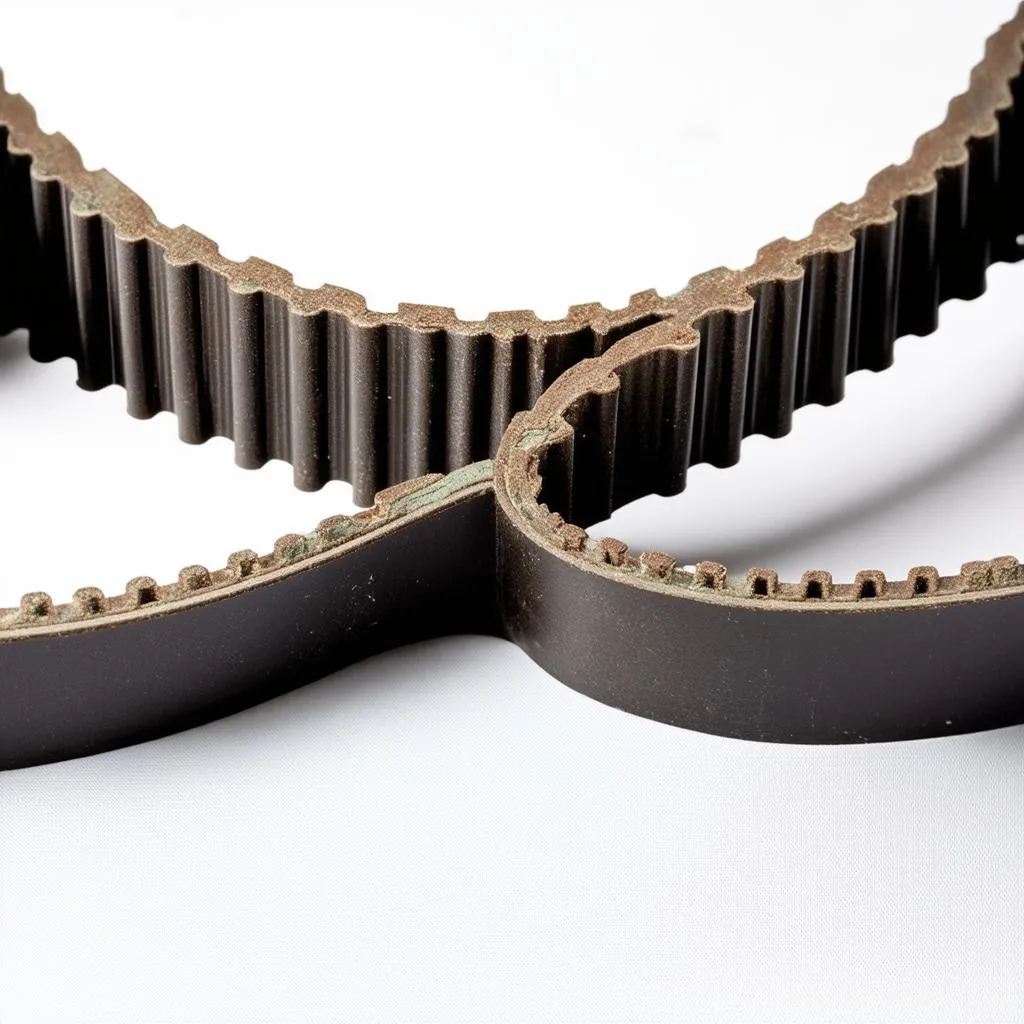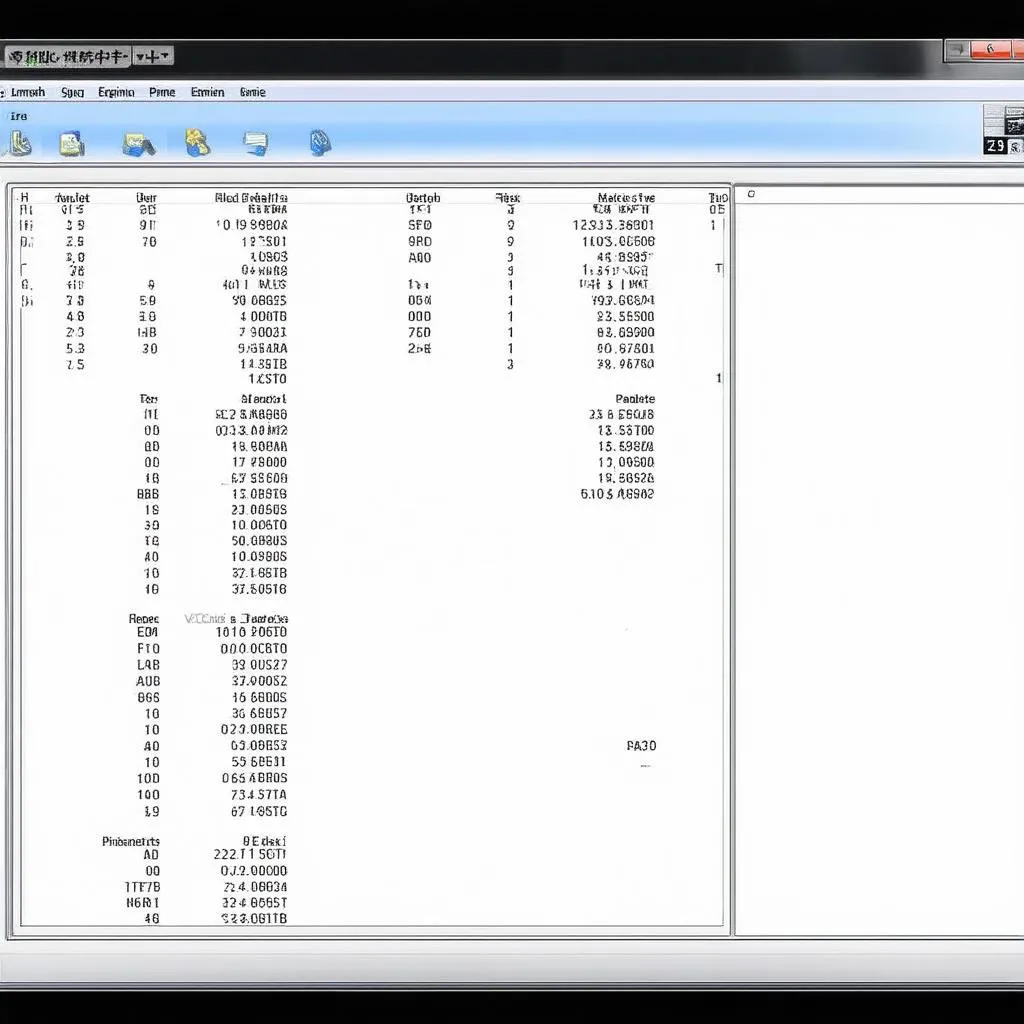Checking Timing with VCDS: A Comprehensive Guide for European Car Owners
“Time is of the essence, especially when it comes to your car’s engine.” This old adage rings true, especially when you’re dealing with the delicate timing of your engine. If you’re a European car owner who’s keen on understanding your vehicle’s inner workings, then you’ve probably heard of VCDS, the powerful diagnostics tool that can help you unlock valuable insights into your car’s health.
What is “Check Timing VCDS”?
“Check Timing Vcds” refers to the process of using the VCDS (Vag-Com Diagnostic System) tool to inspect and adjust the timing of your engine. Timing is crucial for optimal engine performance and fuel efficiency. It involves the precise synchronization of various components, including the crankshaft, camshaft, and valves, to ensure proper combustion.
Think of it like this: Imagine a group of musicians playing a symphony. Each musician must play their instrument at the right time and in perfect harmony for the music to sound beautiful. Similarly, your car’s engine components must work together in perfect synchrony to achieve smooth operation.
The Importance of Engine Timing
Engine timing plays a critical role in various aspects of your car’s performance:
- Fuel Efficiency: Incorrect timing can lead to inefficient combustion, resulting in increased fuel consumption and reduced power.
- Emissions: Poor timing can contribute to higher emissions, potentially exceeding environmental regulations.
- Engine Health: Improper timing can cause undue stress on engine components, leading to premature wear and tear.
- Performance: Timing directly affects power output, acceleration, and overall driving experience.
Understanding Timing Belt and Timing Chain
Now, let’s delve into the components responsible for maintaining proper timing:
- Timing Belt: A rubber belt that drives the camshaft, ensuring it rotates at the correct speed relative to the crankshaft. Timing belts are common in older gasoline engines and typically require replacement every 60,000 to 100,000 miles.
- Timing Chain: A metal chain that connects the camshaft and crankshaft. Timing chains are more durable than belts and often last the lifetime of the engine.
Why Use VCDS for Timing Checks?
VCDS is a versatile diagnostic tool that provides access to a vast amount of data within your car’s computer system. It can be used for various purposes, including:
- Reading Engine Fault Codes: This helps identify any underlying issues that could be affecting timing.
- Monitoring Engine Sensors: VCDS allows you to check the readings of critical sensors like the crankshaft position sensor and camshaft position sensor.
- Adjusting Timing Parameters: In some cases, VCDS can be used to adjust specific timing parameters within the engine control unit (ECU).
How to Check Timing with VCDS
Checking timing with VCDS involves a series of steps:
- Connect the VCDS Tool: Connect the VCDS interface to your car’s OBD-II port.
- Select the Vehicle: Choose the correct make, model, and year of your car.
- Access Engine Control Unit (ECU): Navigate to the relevant module within the VCDS software.
- Retrieve Timing Data: Use the appropriate VCDS measuring blocks to view engine timing parameters.
- Interpret the Results: Compare the displayed readings with the manufacturer’s specifications for your engine.
Common Timing Issues and Troubleshooting
Timing issues can arise due to several factors:
- Worn Timing Belt or Chain: A stretched or broken timing belt/chain can lead to misalignment and timing problems.
- Faulty Sensors: Malfunctioning crankshaft or camshaft position sensors can send incorrect signals to the ECU, affecting timing.
- ECU Malfunction: Issues with the ECU itself can cause timing discrepancies.
If you suspect timing problems, here are some troubleshooting steps:
- Perform a Visual Inspection: Inspect the timing belt or chain for signs of wear or damage.
- Check Sensor Readings: Use VCDS to check the readings from the crankshaft and camshaft position sensors.
- Diagnose ECU Errors: Check for any fault codes related to timing in the ECU.
Key Considerations for Checking Timing with VCDS
- Correct VCDS Version: Ensure you’re using a compatible and up-to-date version of VCDS for your vehicle.
- Technical Expertise: Checking timing requires a basic understanding of engine mechanics. It’s best to have the necessary expertise or seek assistance from a qualified mechanic if you’re unsure.
- Manufacturer’s Specifications: Always refer to the manufacturer’s specifications for your specific engine model to interpret timing data correctly.
- Timing Belt/Chain Replacement: If a worn or damaged timing belt/chain is discovered, replace it immediately. Failure to do so can lead to catastrophic engine damage.
FAQs
1. Can I adjust engine timing myself using VCDS?
While VCDS allows you to access timing parameters, it’s not recommended to make adjustments yourself unless you have extensive experience and knowledge. Improper adjustments can lead to serious engine problems.
2. How often should I check my engine timing?
It’s generally recommended to check your engine timing during routine maintenance, especially after replacing a timing belt/chain.
3. What if I don’t have VCDS?
If you don’t have access to VCDS, you can consult a qualified mechanic for a professional diagnosis.
4. Can a timing issue affect fuel economy?
Absolutely! Incorrect timing can lead to inefficient combustion, causing your car to consume more fuel.
5. How do I know if my timing is off?
Common symptoms include a decrease in power, rough idling, misfiring, and increased emissions.
Additional Resources
For further information and detailed guidance on using VCDS, consult these resources:
- Link 1: VCDS Timing Belt Check: A Guide for Audi A4/VW Passat
- Link 2: Checking Timing Chain with VCDS: A Step-by-Step Guide
- Link 3: How to Check Timing with VCDS: A Comprehensive Guide
Need Expert Help?
Don’t hesitate to contact us at WhatsApp: +84767531508 if you require assistance with VCDS or have any questions about engine timing. Our team of experts is available 24/7 to guide you through the process.
Conclusion
Checking engine timing with VCDS is a powerful way to ensure optimal performance and fuel efficiency for your European car. By understanding the intricacies of engine timing and leveraging the capabilities of VCDS, you can stay ahead of potential issues and maintain your vehicle’s health. Remember, it’s always wise to consult a qualified mechanic for expert advice and assistance.
 VCDS tool for engine diagnostics
VCDS tool for engine diagnostics
 Timing belt inspection
Timing belt inspection
 VCDS screen with timing data
VCDS screen with timing data
Stay tuned for more insightful articles on car care and maintenance at cardiagxpert.com. Share your thoughts and questions in the comments below. Happy driving!
